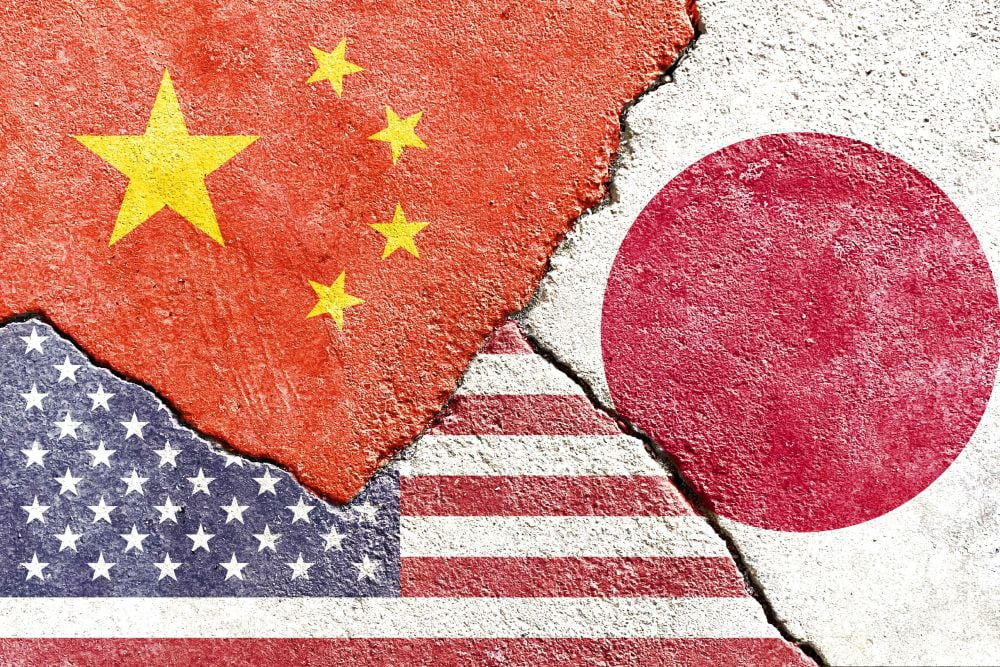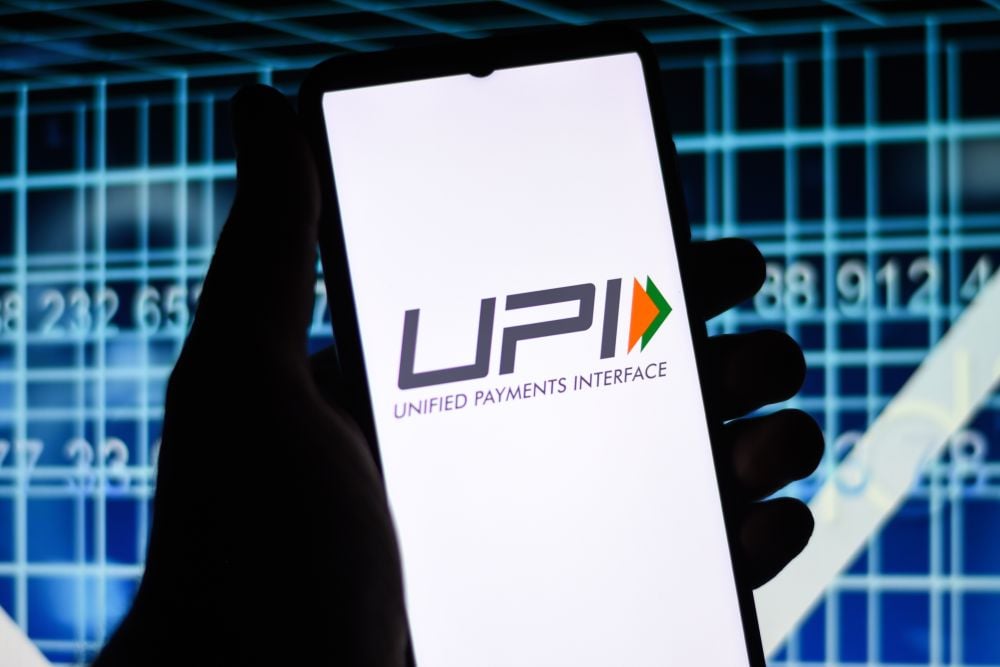 |
|
Hong Kong’s first quarter GDP came in worse than expected in both year on year (YOY) and quarter on quarter (QOQ) terms. On a YOY basis, net exports and inventory were the main drags, knocking 3.5 percentage points and 1.9 percentage points from GDP growth, respectively. Consumption and fixed asset investment provided the support, contributing 3.5 percentage points and 2.3 percentage points to growth, respectively.
Inventory accumulation was minimal in the first quarter, suggesting a pessimistic outlook as seen by businessmen, amid the sluggish external demand. The road ahead is bumpy, with downside risk to one of the two main GDP supports – consumption – given that the jobless rate is likely to trend higher as the impact from the external sector gradually filters through into the domestic economy. Meanwhile, this quarter has not seen a good start for exports, as suggested by trade numbers released so far from Taiwan and China.
We have revised down our 2012 GDP forecast to 2.5 percent from 3.8 percent. We refrain from being overly pessimistic for the moment as we expect a stabilization in external demand in the second half and a soft landing in the Chinese economy. Apparently, should the external sector disappoint, risk is to the downside for Hong Kong’s economic growth.
 |
| Source: CEIC, official statistics, Crédit Agricole CIB |
Hong Kong is particularly vulnerable to the external sector, given its small and open nature. Exports of goods amount to more than 170 percent of GDP. Admittedly, this share is exaggerated by the fact that the bulk of Hong Kong’s exports are re-exports. Still, it shows how sensitive GDP growth is in response to exports’ performance. The downward revision to Hong Kong’s GDP does not imply automatic revisions to other Asian economies. Indeed, a number of other Asian economies could be more resilient and/or benefit from some specific local factors – Thailand from re-construction activity, Indonesia from domestic demand, China from policy support, for example.
It is also worth noting that the slow annual growth that we are now expecting for the Hong Kong economy mostly reflects what happened in the first quarter and expectations for a still-weak second quarter. We do expect a recovery in external demand in the second half.
Is iBond still attractive?
Separately, the media reported that the Hong Kong government is to issue a 3Y iBond (inflation-linked retail bond) in June 2012, in the amount of HKD5 billion-HKD10 billion. To recap, the Hong Kong government issued its first inflation-linked retail bonds in July 2011. The coupon of existing iBonds is the higher of (1) the floating rate, being the average of YOY changes in the composite CPI for the six most recent preceding months; and (2) a fixed rate of 1.00 percent. Principal will be repaid in full at maturity.
Assuming similar particulars to the existing iBond, we consider the upcoming iBond attractive. We would not expect the high coupon in January 2012 to be repeated as inflation is likely to ease, averaging 3.2 percent this year. Still, the iBond is attractive compared with the 0.3 percent yield on the three-year EFN (exchange fund notes). Prices are likely to be bid up in the secondary market again by investors who do not have access to or have not got enough from the primary market.
There is uncertainty to the total return in iBond investment. The spread between EFN yields and CPI inflation has fluctuated in the past as well. Nevertheless, the floor to the coupon helps limit the downside risk, while investors can enjoy the upside potential when inflation is high. iBond carries an initial subsidy element to its subscribers in the current environment, as the price is not determined by supply-demand dynamics in the primary market.
Frances Cheung is a senior strategist – Asia ex-Japan at Credit Agricole








